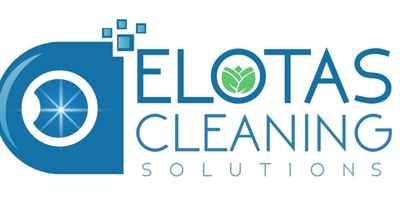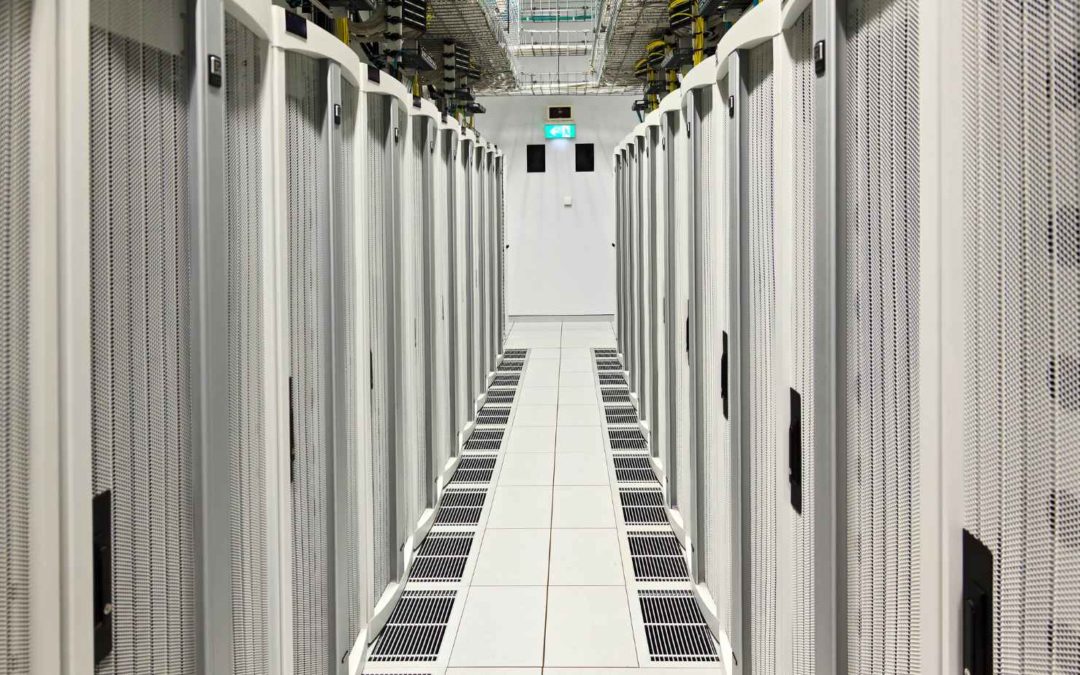In many situations we encounter the underfloor of the data centre also functions as its “air plenum”. One of the most common challenges our clients encounter prior to engaging a specialist like ourselves is that this areas has failed to be kept clean allowing contaminents including dust and dirt into the highly sensitive servers and network switches impacting perfrormance and damaging hardware.
What is the Air Plenum?
A Plenum Space is a space that can facilitate the circulation of air for airconditioning or heating systems. It provides a pathway for the air usually at a greater atmospheric pressure, contaminates in this area can be move around at great speeds.
The ingress of contaminated particles can cause serious issues with overheating, reducing performance and a the lifespan of equipment worth tens of thousands of pounds. Dirt can clog up perforated air tiles which can reduce output of cooling coils and AC filters. Almost all of the equipment in your data centre inside the cabinets have cooling vents that can quickly become clogged with dirt this can massively impact their ability to cool themselves. If this persists over an extended period then it can eventually cause equipment failure.
It is really important to keep your data centre clean, cleaning both underneath and above the raised flooring, this is not only for aesthetics but also improves energy efficiency which is especially important in a time of spiralling energy costs. Dirt and contaminates from your underfloor area will almost certainly spread around the rest of your data centre causing additional damage.
Request A No Obligation Quote
Cleaning Tips For Raised Floor Data Centres
There are some simple rules our team of experienced cleaners follow when cleaning raised floor data centres.
The key thing is to follow the process, methodically otherwise you can make the process worse.
1) Vacuum The Floor first using a vacuum with a HEPA filter, never use a dry mop as that will push dirt into cracks and openings of the perforated tiles. If dirt collects in the perforated tiles then air flow will be restricted starving the equipment of essential airflow.
2) Ensure you do not remove too many floor tiles at a time, if you are not careful you will reduce static pressure underneath the raised floor. If this happens then the equipment in other parts of the centre could overheat.
3) Do not just clean the floor this will not resolve the issues. Before cleaning the floor you need to clean all the server cabinets and shelves starting from the top working your way down. We strongly recommend the use of a vacuum with a HEPA filter.
4) Take steps to eliminate or limit debris and dirt from being able to enter into the data center. Place sticky mats in front of all of the data centre’s entrances and use a staging area to unpack the servers before you bring them inside the clean area. If you limit contaminants from entering into your data center, it will be much easier to keep your data center clean.
5) You should clean your raised floor once a quarter and the underfloor once a year at least or as needed.

Recommended Tools For Cleaning Raised Floor Data Centres
1) A dry mop or broom should never be used. That just spreads the contaminants around which frequently results in them being suspended up in the air before they end up settling on another part of the floor.
2) Wiping cloths and mops should be made out of low lint materials that have been designed for use in clean area environments. Only use mops in clean areas of the data centers, and mops that have been used outside of the computer room previously should not be used.
3) Use good vacuum cleaners that have HEPA filter systems. They should be solely dedicated to being used only for cleaning your data centre.
4) Do Not use any form of scrubbers as this can create a static discharge and cause damage to equipment.
5) Ensure no cleaning chemicals are used, even if they approved for use in data centre environments.
6) All tools and attachments that are used to clean your data centre need to be non-conductive. Also, if they are corded, they should not be plugged into empty rack PDU outlets but only maintenance outlets.

